You have no items in your shopping cart.
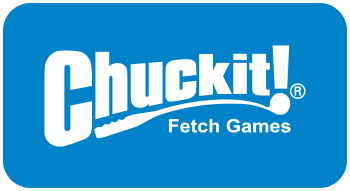
- Home /
- Blog
How to Choose the Best Good Quality Dog Toys for Your Furry Friend
When it comes to choosing the best Good Quality Dog Toys for your furry friend, understanding their importance goes beyond mere entertainment. According to the American Pet Products Association (APPA), the pet toy industry was projected to reach an astonishing $2.1 billion in sales in 2021, highlighting the significant role toys play in a dog's overall well-being. High-quality dog toys not only provide stimulation and physical exercise but also support dental health and behavioral development. A study published in the Journal of Veterinary Behavior found that regular engagement with appropriate toys can reduce anxiety and destructive behaviors in dogs, making the choice of toys a critical aspect of pet ownership. Hence, selecting Good Quality Dog Toys becomes essential in ensuring your pet's happiness and health, while also investing in a product that aligns with your dog's needs and preferences.

Understanding Your Dog's Play Style and Preferences
Understanding your dog’s play style and preferences is essential when choosing the best quality toys for him or her. Each dog is unique, and their play behavior can vary significantly based on factors such as age, breed, and personality. Observing your furry friend while they engage in play can provide valuable insights. For example, some dogs may prefer interactive toys that stimulate their minds, while others may enjoy plush toys for comfort or chew toys for satisfying their natural instincts. By paying attention to these preferences, you can select toys that will keep your dog engaged and happy.
Additionally, consider your dog’s energy levels and physical abilities. High-energy breeds may thrive with toys that encourage active play, such as balls and frisbees, which promote exercise and agility. On the other hand, older dogs or those with mobility issues may appreciate softer toys that they can enjoy without too much physical strain. Taking the time to understand your dog’s play style not only helps in selecting the right toys but also strengthens the bond between you and your pet by ensuring their playtime is enjoyable and fulfilling.
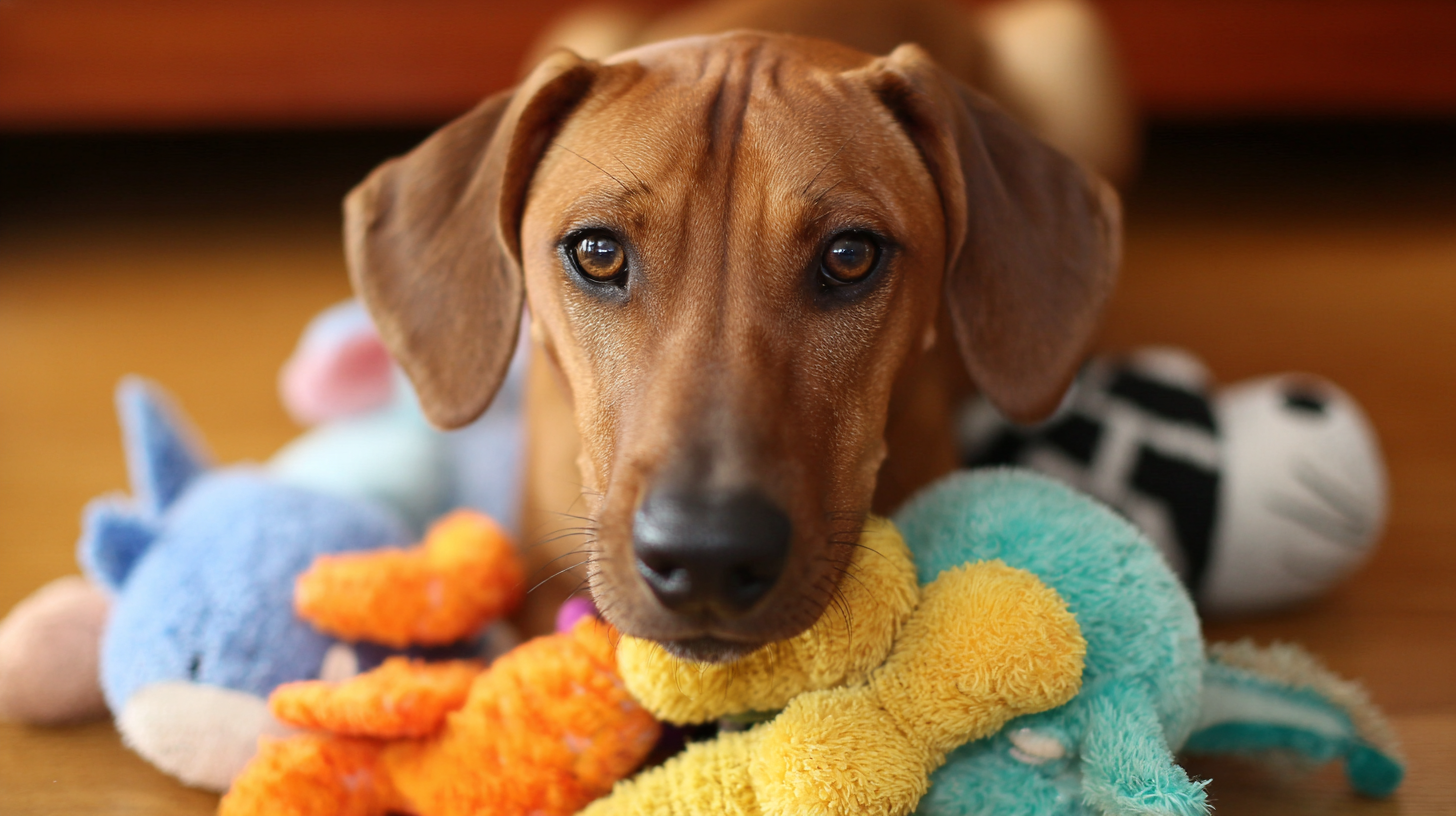
Evaluating Material Safety and Durability in Dog Toys
When choosing dog toys, evaluating material safety and durability is essential for ensuring your pet's health and enjoyment. According to the American Society for the Prevention of Cruelty to Animals (ASPCA), roughly 50% of pet owners report health issues related to harmful chemicals found in low-quality toys. This highlights the importance of opting for toys made from non-toxic, durable materials like natural rubber or high-grade nylon. These materials not only resist wear and tear but are also safer for pets who love to chew.
Durability is a significant concern, especially for aggressive chewers. A study published by the Journal of Animal Science found that toys labeled as indestructible lasted, on average, 30% longer than regular toys. Selecting toys that are specifically designed for heavy chewers can help reduce the likelihood of quickly worn-out products, saving pet owners money in the long run. Additionally, materials such as reinforced fabric or double-stitched seams provide additional resilience, ensuring that your furry friend receives the most out of their playtime without compromising safety. Investing in high-quality dog toys is a step toward healthier play and greater enjoyment for your beloved pet.
How to Choose the Best Good Quality Dog Toys for Your Furry Friend - Evaluating Material Safety and Durability in Dog Toys
| Toy Type | Material | Safety Rating | Durability Rating | Recommended Age |
|---|---|---|---|---|
| Chew Toy | Natural Rubber | AA | High | 1-5 years |
| Fetch Toy | Plastic | A | Medium | All ages |
| Plush Toy | Polyester | AA | Low | Puppies |
| Interactive Toy | Wood | AAA | High | All ages |
| Tug Toy | Nylon | A | Medium | 1 year and up |
Selecting Toys that Promote Physical and Mental Stimulation
When selecting dog toys, it is essential to prioritize options that not only provide entertainment but also promote both physical and mental stimulation. As the pet toy and training market continues to expand, expected to reach $12.2 billion in 2024 and $19.3 billion by 2033, the availability of diverse products reflects the increasing understanding of pets' needs. Toys that encourage active play can significantly enhance a dog's physical health, preventing obesity and supporting overall well-being.
Incorporating mentally stimulating toys into your furry friend's playtime can be equally important. Interactive toys, puzzle feeders, and those that require problem-solving skills engage your dog's mind and reduce boredom. With growing awareness of pet behavior, the market is filled with choices that cater to varying levels of mental engagement. Selecting the right toys not only keeps your pet amused but also contributes to their emotional health, strengthening the bond between you and your furry companion.
Choosing Age-Appropriate Toys for Different Dog Breeds
When selecting dog toys, it’s crucial to consider the specific age and breed of your furry friend to ensure their safety and enjoyment. Puppies, with their inquisitive nature and sharp teeth, often require toys that are softer and easier to chew. Rubber or plush toys shaped like animals can stimulate their playfulness while aiding in their teething process. As they grow, it’s important to transition to more durable toys that can withstand strong chewing, especially for high-energy breeds such as the Labrador Retriever or German Shepherd. These dogs benefit from toys that promote mental engagement, such as puzzle feeders or interactive fetch toys.
Different dog breeds also have unique physical characteristics that influence the type of toys suitable for them. For example, small breeds like Dachshunds may require lighter, smaller toys to prevent injury and encourage fetching. In contrast, larger breeds such as Rottweilers need robust toys designed to withstand their powerful jaws. Selecting the right toys not only enhances playtime but also caters to the individual needs of your dog, ensuring they stay active and entertained while promoting their overall well-being. Understanding these factors plays a vital role in making the best choices for your canine companion.
Choosing Age-Appropriate Dog Toys for Different Breeds
Budgeting Tips for Investing in Quality Dog Toys
When it comes to budgeting for dog toys, it’s essential to balance quality and cost to ensure your furry friend stays happy and healthy without breaking the bank. Start by researching the average prices of good-quality dog toys and setting a monthly budget that aligns with your finances. This allows you to prioritize spending on durable toys that can withstand your pet's playful nature while saving money in the long run.
Tips for effective budgeting include tracking your pet-related expenses using budgeting apps, which can help you identify areas where you can cut costs. By keeping an eye on any repetitive purchases, you can avoid overspending on toys that may not hold up over time. Additionally, consider investing in a few high-quality options rather than buying cheaper toys that may wear out quickly, as this can be a more economical choice in the long run. Always look for sales or discounts, and consider purchasing in bulk to further save money while ensuring your dog has plenty of options for playtime.
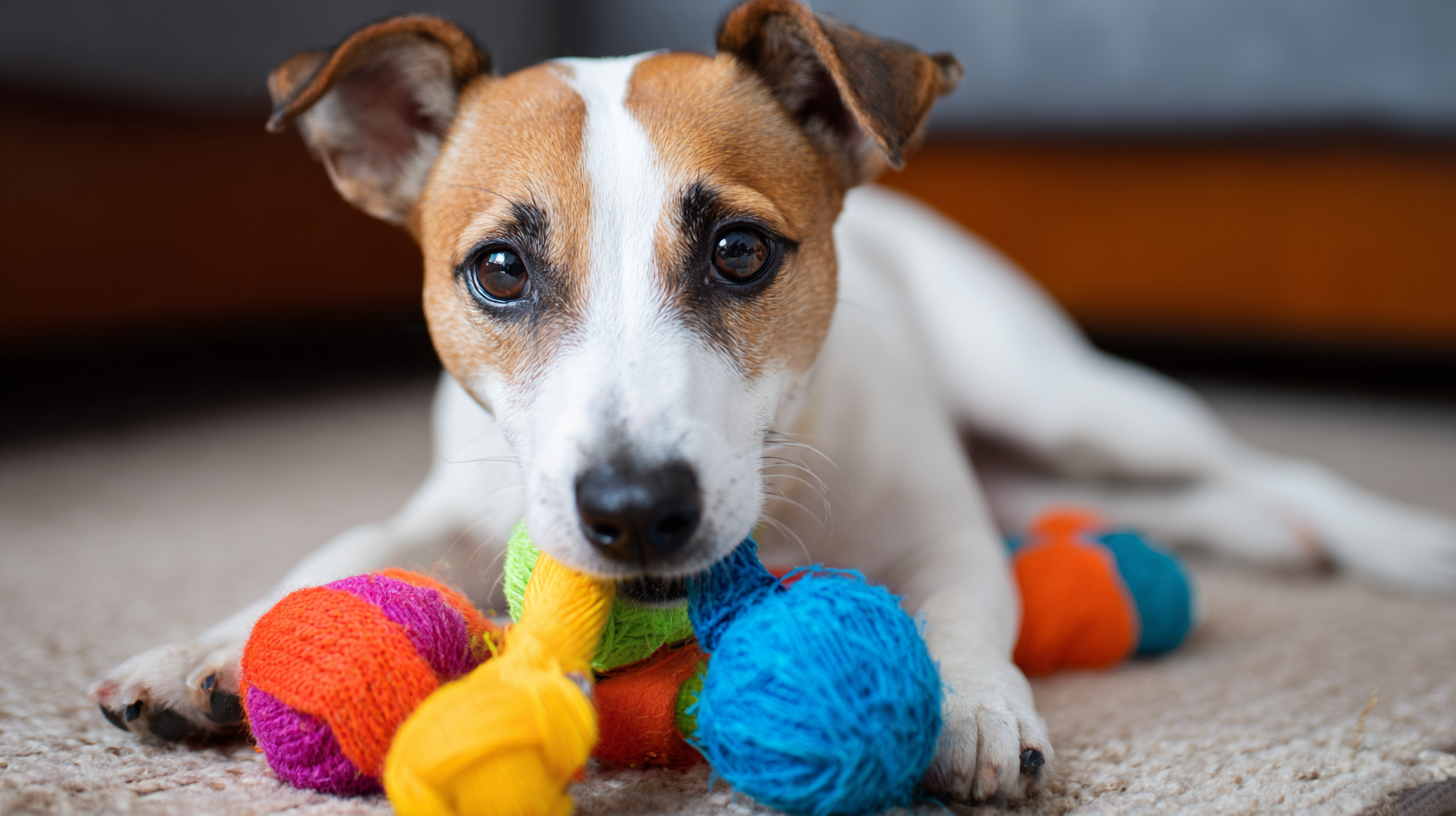
Related Posts
-

7 Compelling Reasons Why Good Quality Dog Toys Are Essential for Pet Retailers
-
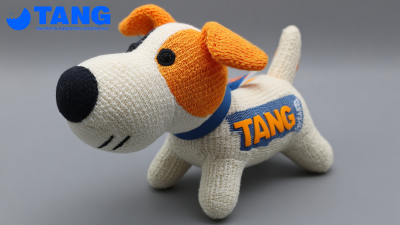
Unleashing Excellence in Dog Toys Crafted by China's Premier Manufacturing Factory
-
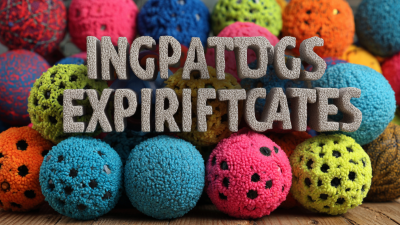
Navigating Import Export Certifications for Best Dog Toys a Complete Guide for Global Buyers
-
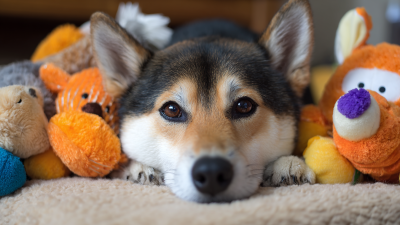
Unlocking Quality Suppliers for Best Play Dog Toys Proven Strategies for Global Buyers
-
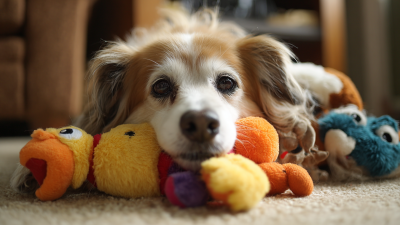
How to Choose the Best Play On Dog Toys for Your Furry Friends
-

Unleashing Opportunities for Animal Dog Products at the Record Breaking Canton Fair 2025
